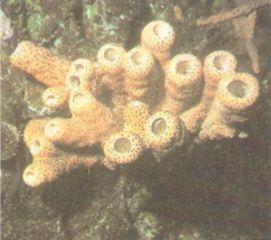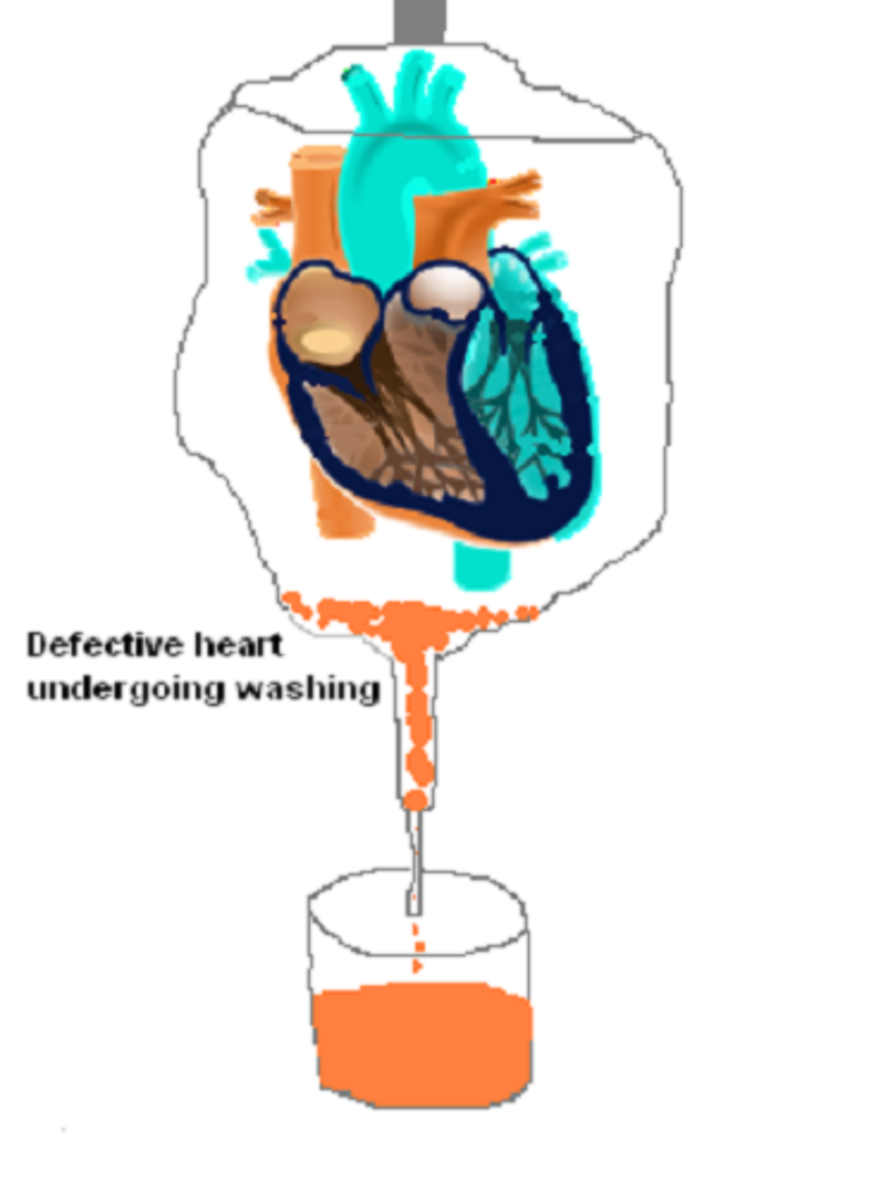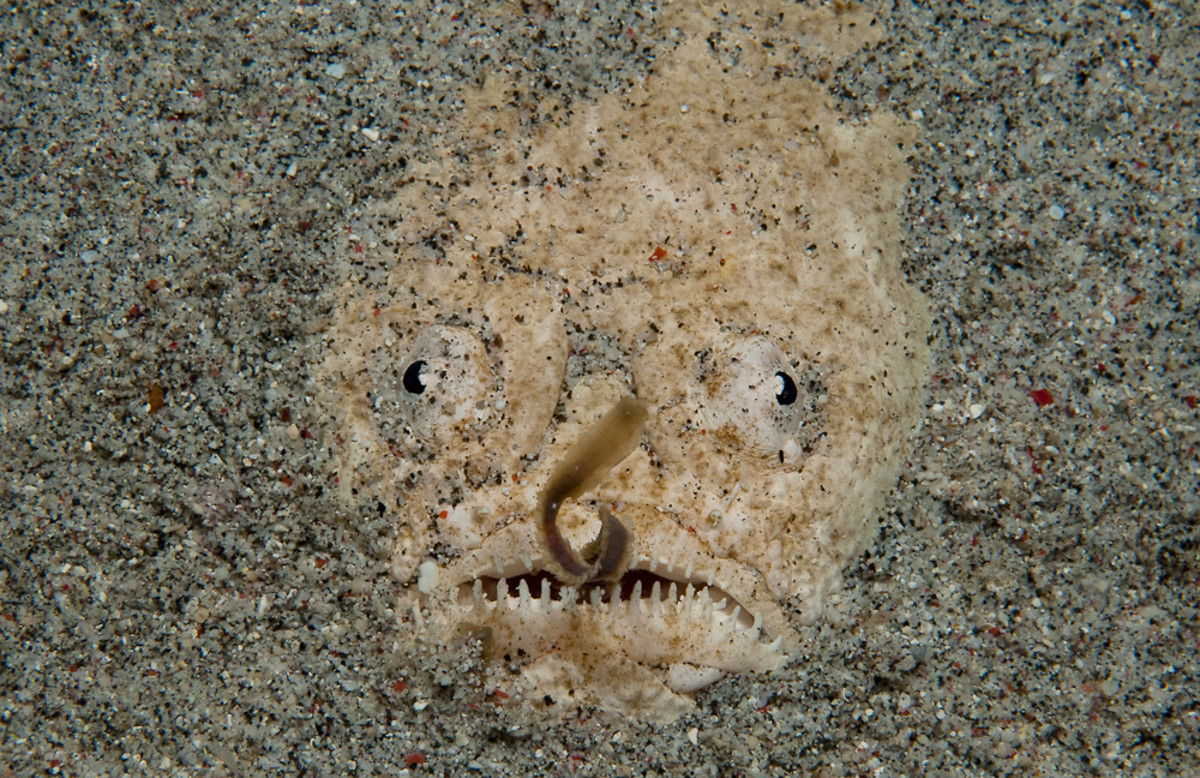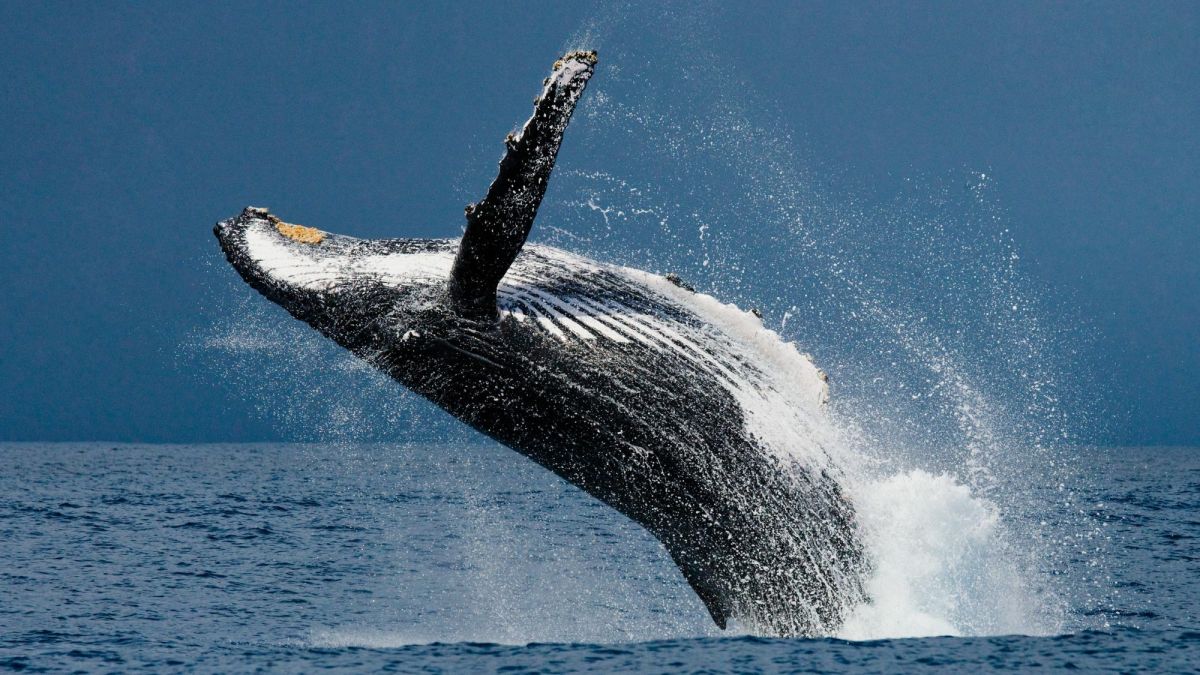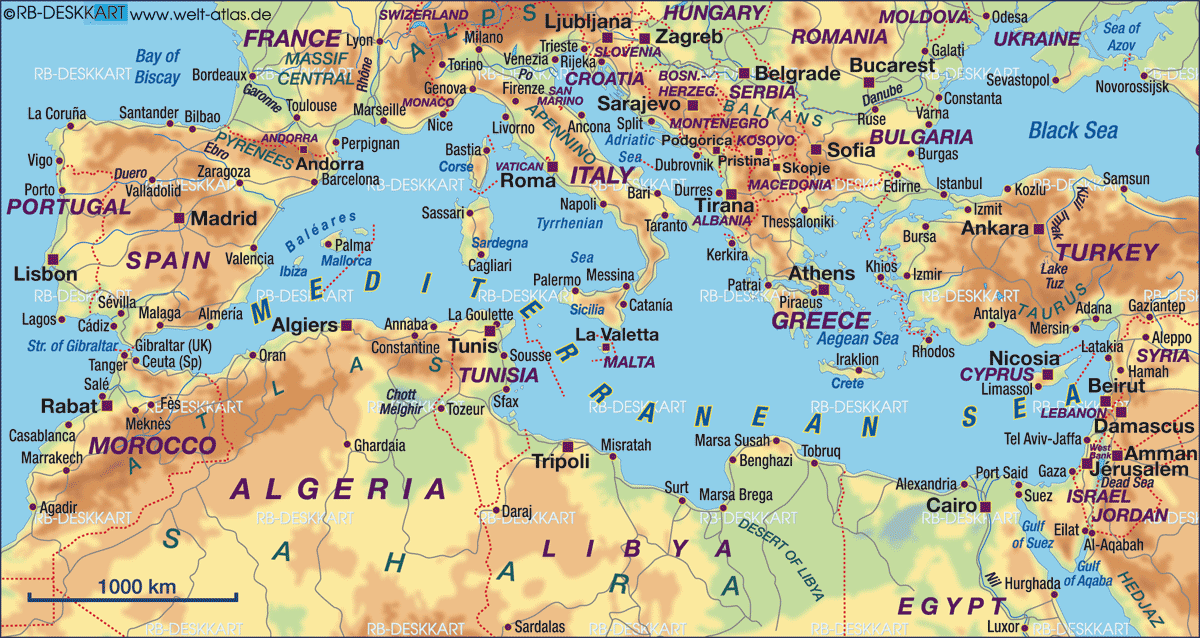- HubPages»
- Education and Science»
- Life Sciences»
- Marine Biology
Are Sea Sponges Plants or Animals?
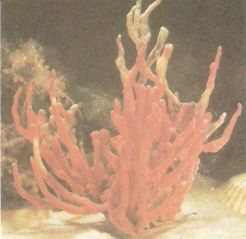
Pore-bearers
Sea sponges belong to the group Porifera. This means pore-bearer and refers to the many pores or holes in the body of the sponge. In this way they are similar to household sponges. They vary in color, size, and shape. They may be black, white, red, blue, orange, or yellow. They can be microscopic or as much as two meters wide. Some are slim and branched, while others are thick and tube-like.
Photos Jack2205
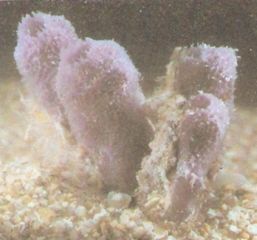
Sponge Poll
Do you think sponges are:
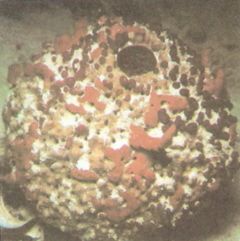
Species
Mobility
There are about 5,000 species of sponges. Most live in warm seas, but a few kinds live in colder waters. All sponges grow attached to some underwater object. Some attach themselves to the backs of crabs or snails. In this way the sponges are carried to new sources of food. In turn, the crabs or snails are hidden from their enemies. Because sponges do not move from place to place on their own, they were once thought to be plants.
Cells
The Sponge's Body
A sponge is the simplest of the many celled animals. Its body is made of two layers of cells like a thick empty sack with a large opening at the top. Between the two layers is a jellylike substance in which are structures to help support the sponge body. In some sponges, spicules, or hard materials, are the support structures. In other sponges, a rubberlike material, called spongin provides support. Some sponges contain both spicules and spongin.
Cell Functions
Water Currents
The cells of a sponge perform different or specialized functions. Along the inside of the body wall are many long-necked cells called collar cells. A whiplike structure, called a flagellum extends from each of these collar cells into the empty space of the sponge body. Each flagellum waves back and forth all the time. This movement causes a current of water to flow through the many pores in the body wall. Particles of food such as bacteria, algae, and other microscopic organisms are carried in by the currents of water and are trapped by the collar cells. Other cells, known as wandering cells, pick up and circulate the food to the other cells of the sponge. Water and wastes pass out of the body through the opening at the top.
Regeneration
Regrowth
Although simple in stucture, sponges have the remarkable ability to replace lost parts. This is called regeneration. For instance, if a sponge is torn into pieces by strong currents, each piece may grow into a new sponge.
Surviving
The Environment
Sponges are also capable of surviving when environmental conditions change. If the water becomes too cold, or dries up, sponges may form special buds called gemmules. Gemmules are made of special cells and stored food. Though the rest of the sponge may die, as soon as conditions are again favorable, each gemmule may become a new sponge.
